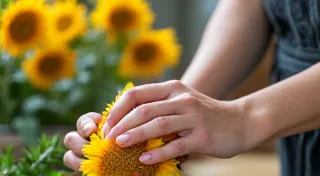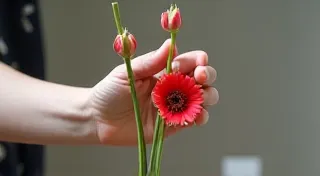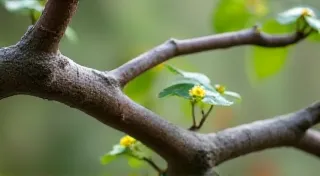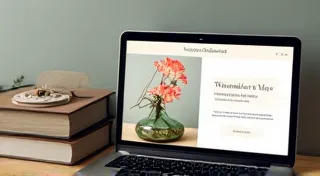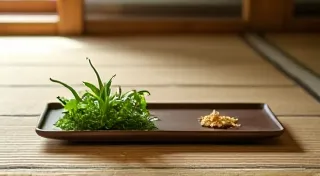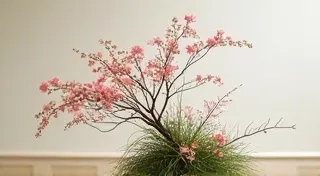Ikebana for Beginners: Your First Simple Arrangement
Welcome to the beautiful world of Ikebana! If you’re drawn to the serene elegance of Japanese flower arranging, you’re in the right place. This guide will walk you through creating your very first simple Ikebana arrangement, perfect for absolute beginners. Don’t worry about perfection; focus on appreciating the process and the materials. For those new to this art form, you might find it helpful to first explore what Ikebana is and its rich history.
What You'll Need
- A Kenzan (Flower Frog): This is a weighted base that holds your stems in place. You can find these online or at specialty floral supply stores.
- A Vase: A simple, cylindrical vase is ideal for beginners. Look for one that’s not too tall or wide.
- Flowers and Foliage: Start with a small selection.
- One statement flower (e.g., a single rose, peony, or chrysanthemum)
- Several branches of greenery (e.g., Japanese plum, bamboo, or evergreen)
- A few smaller accent flowers (e.g., small carnations, daisies, or baby’s breath)
- Scissors or Floral Clippers: Sharp tools are essential for clean cuts.
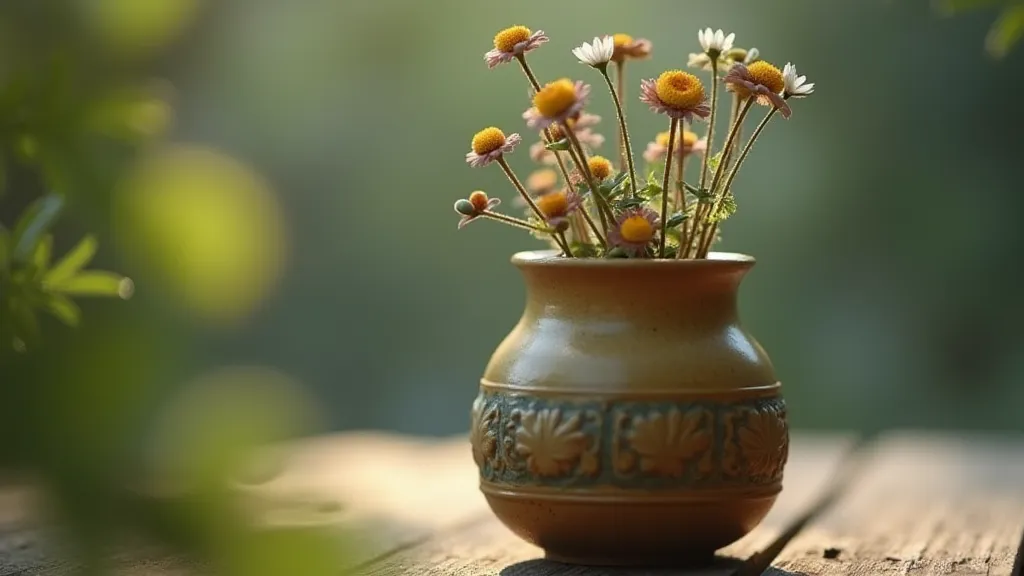
Understanding the Basics: The Three Main Lines
While Ikebana can be incredibly complex, most arrangements are based on three main lines: Shin (heaven), Soe (earth), and Hikae (harmony/water).
- Shin (Heaven): This is the tallest line, representing heaven and aspiration. It’s usually a strong, upright branch or stem.
- Soe (Earth): This is the shortest line, representing the earth and stability. It leans gently forward.
- Hikae (Harmony/Water): This line is generally placed diagonally, suggesting water and connecting the other two lines.
Step-by-Step Guide to Your First Arrangement
- Prepare the Kenzan: Place the kenzan securely in the vase, ensuring it's level. Add water to the vase – enough to cover the pins of the kenzan.
- Place the Shin (Heaven): Choose your tallest, most striking branch or stem. Insert it into the kenzan at a slightly upward angle. This is your focal point.
- Position the Soe (Earth): Select a shorter branch or stem. Insert it into the kenzan, angling it gently forward. It should be shorter than the Shin line.
- Add the Hikae (Harmony/Water): Choose a branch or stem that's a medium height and insert it into the kenzan at a diagonal, connecting the Shin and Soe lines. Consider the angle carefully; it should create a sense of balance.
- Add Accent Flowers and Foliage: Now it’s time to add smaller flowers and foliage to fill in the arrangement and add visual interest. Don’t overcrowd the arrangement; less is often more in Ikebana. Consider the color, texture, and shape of each element. Exploring different materials can be quite rewarding, and learning more about working with branches and twigs will help you develop your artistic eye.
- Adjust and Refine: Step back and observe your arrangement from different angles. Make any necessary adjustments to the placement of the stems.
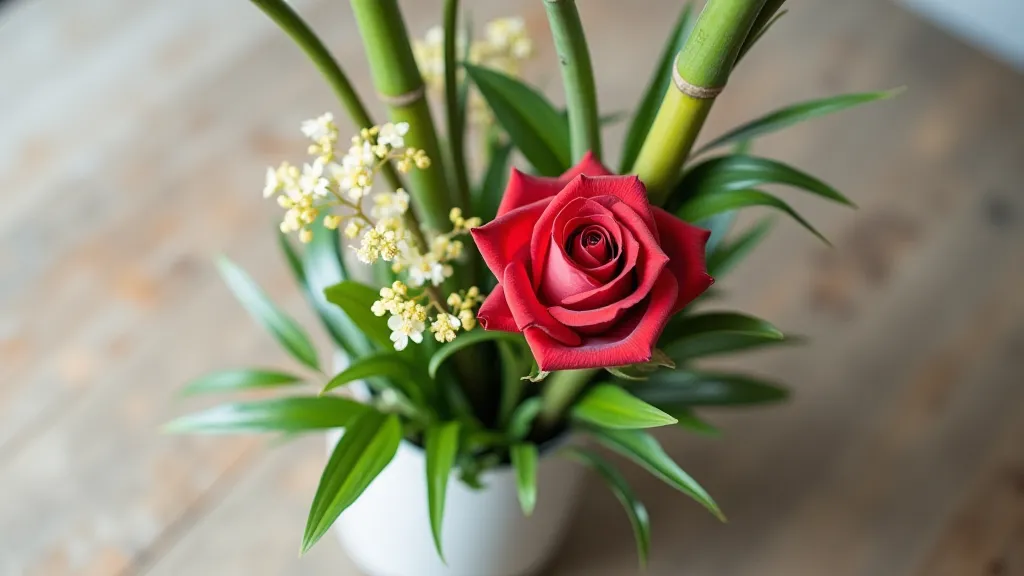
Tips for Success
- Embrace Imperfection: Ikebana is about finding beauty in asymmetry and natural forms. Don’t strive for perfect symmetry.
- Focus on the Materials: Take time to appreciate the individual characteristics of each flower and branch.
- Experiment with Different Combinations: Once you’re comfortable with the basic principles, feel free to experiment with different types of flowers and foliage.
- Observe Nature: Nature is the ultimate teacher. Pay attention to how plants grow and interact with their environment.
Beyond the Basics
This guide provides a foundation for creating simple Ikebana arrangements. As you progress, you can explore more complex styles and techniques. Finding reliable information can sometimes be a challenge, but numerous resources for learning more about Ikebana are available to expand your knowledge.
Understanding the subtle nuances of this art form is a journey of continuous learning. Recognizing potential pitfalls early on can accelerate your progress. Reviewing common common mistakes to avoid when learning Ikebana can be incredibly beneficial.
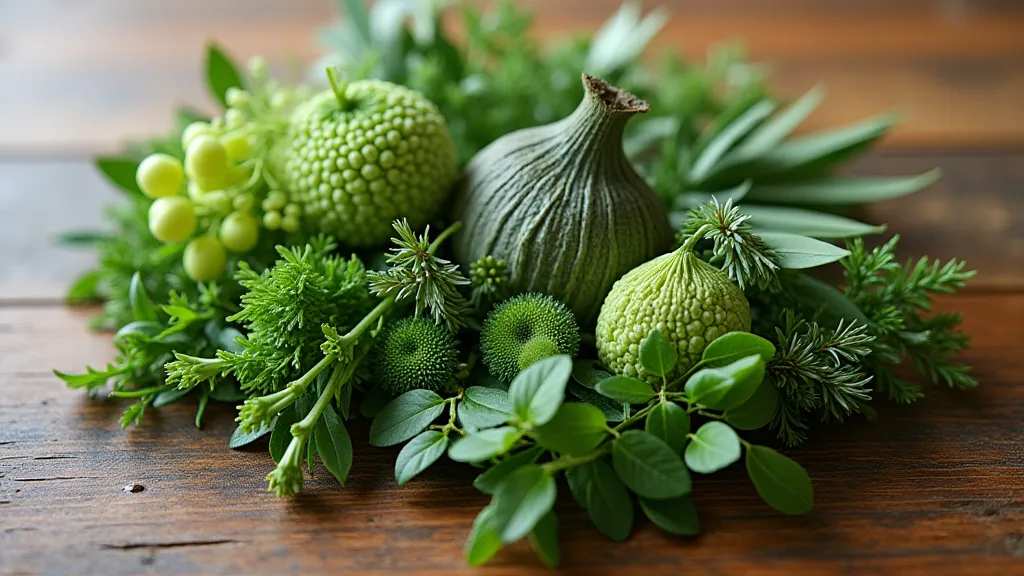
Delving Deeper: The Philosophy Behind the Form
Ikebana is more than just arranging flowers; it's a meditative practice rooted in Japanese philosophy. The principles of asymmetry and minimalism reflect a deep respect for nature and a desire to capture its essence in a still, composed form. Each element chosen is deliberate, carrying symbolic meaning that contributes to the overall harmony of the arrangement. The intentional use of negative space is crucial; it allows the individual components to breathe and contributes to a sense of tranquility and balance.
Choosing Your Materials: A Guide to Seasonal Selection
The beauty of Ikebana lies in its ability to showcase the changing seasons. While there are no strict rules about which flowers and foliage to use, it’s generally accepted that materials should be in season and reflect the current time of year. Spring arrangements might feature delicate cherry blossoms and vibrant tulips, while autumn displays might incorporate rich hues of maple leaves and golden grasses. Don't be afraid to experiment with unexpected combinations and embrace the unique character of each material. The key is to create an arrangement that feels authentic and reflects your personal connection to nature.
Advanced Techniques: Exploring Different Schools of Ikebana
As you become more comfortable with the fundamentals, you may be interested in exploring the different schools or "ryuha" of Ikebana. Each school has its own distinct style and set of principles. Some of the most well-known schools include Ikenobo, Ohara, and Sogetsu. Ikenobo is the oldest and most traditional school, known for its formal and structured arrangements. Ohara emphasizes naturalism and seeks to recreate the beauty of the natural landscape. Sogetsu is a more modern and experimental school that encourages creativity and self-expression. Choosing a school to study with can provide a framework for your artistic development and connect you with a community of like-minded practitioners.
Maintaining Your Arrangements: Extending the Life of Your Creation
Taking care of your Ikebana arrangements is essential for preserving their beauty and prolonging their lifespan. Regularly check the water level in the vase and add fresh water as needed. Trim any wilted or damaged stems to prevent the spread of disease. Consider using floral preservative to provide nutrients and inhibit bacterial growth. Keep your arrangements out of direct sunlight and away from sources of heat. With proper care, your Ikebana creations can bring joy and tranquility to your space for many days to come.
